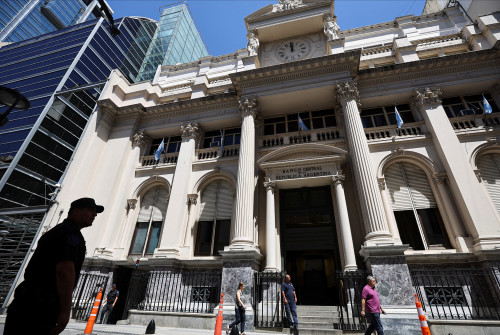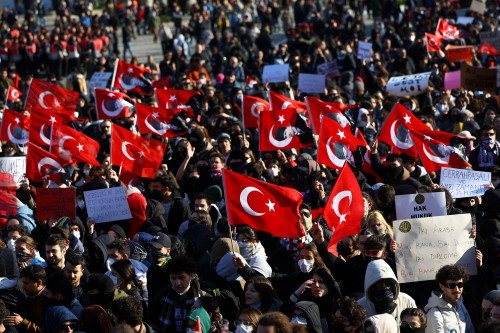By Naomi Rovnick
LONDON (Reuters) – Debt interest rates paid by the world’s riskiest corporate borrowers have reached the highest since 2010, at 6.1% on average, S&P Global Ratings said in a report on Thursday.
Such companies, whose weaker financial profiles give them a speculative or “junk” credit rating, also face major refinancing risks in coming years, the credit ratings agency said.
With the global economy expected to decelerate while major central banks keep monetary policy tight to combat above-target inflation, “the full impact of sharply higher interest rates is yet to unfold,” S&P said in its quarterly assessment of credit conditions.
This, the ratings agency said, would “continue to erode,” the ability of the lowest quality companies to pay interest on their debts.
In the United States alone, companies with a speculative rating have almost $750 billion of debt maturing by end-2025, S&P said.
These businesses also tend to pay interest rates that move in lockstep with central bank base rates, instead of arranging lower-risk fixed deals with their lenders.
“Reliance on floating rate debt means the temperature is rising rapidly,” at the same time as banks in the U.S. and Europe have turned cautious on new lending, S&P said.
“Speculative-grade issuers are more immediately vulnerable to surging interest and refinancing costs given a reliance on floating-rate debt and debt maturities they will need to address.”
S&P in mid-May said it forecast that slightly more than one in 25 U.S. companies would default in 2024, forecasting that U.S. default rates would rise to 4.25% by March 2024 from 2.5% in March 2023. In Europe, it forecast a 3.6% default rate by March 2024, up from a rate of 2.8% in March 2023.
S&P also warned that the outlook for real estate borrowers was darkening due to higher rates and the post-pandemic trend of lower office occupancy and increased home working.
(Reporting by Naomi Rovnick; Editing by Chizu Nomiyama)




